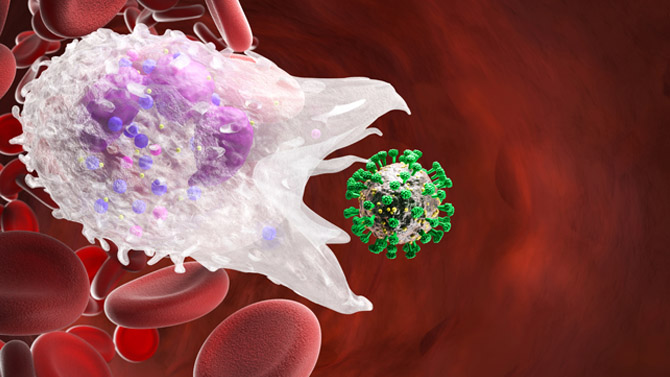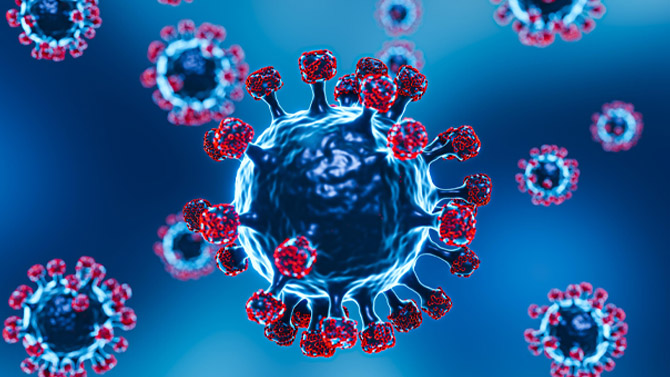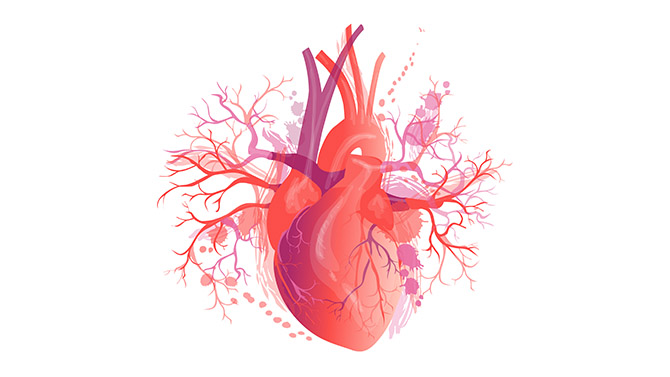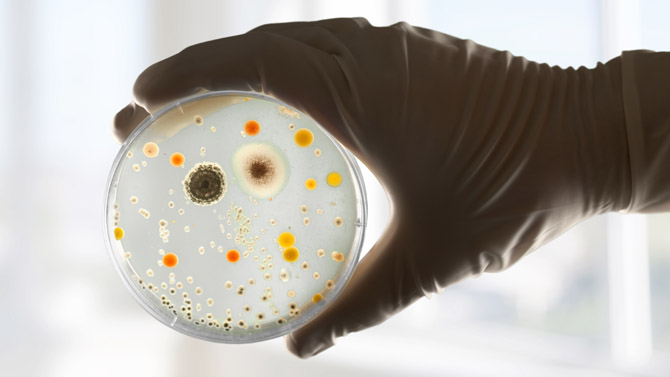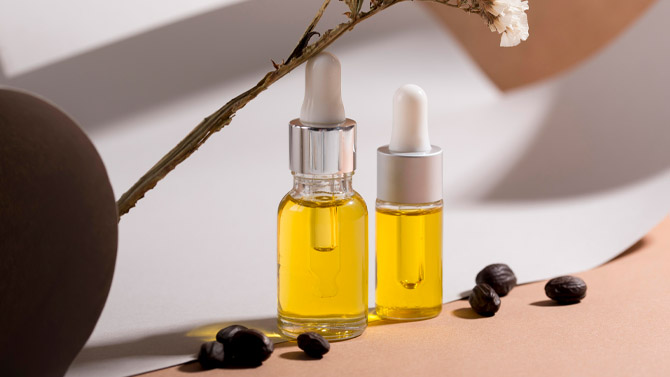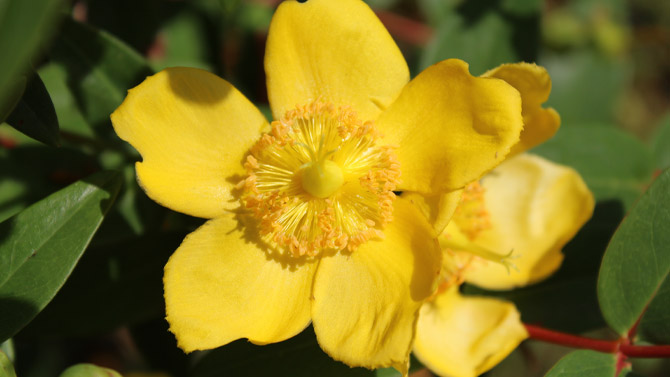3/3/2021
Background: glass ionomer is one of the most frequently used restorative materials for primary teeth restoration. It has been in use for more than 30 years. Their restoration usefulness is preferential compared to other restorations due to their fluoride release and recharge, chemical adhesion to the structure of the dentin and their range of uses. Increasing the antibacterial efficacy of restorative materials is one of the primary goals to decrease the incidence of recurrent caries. Chlorhexidine is the gold standard antibacterial agent in dentistry.
Objectives: the objective of this study is to evaluate the antibacterial effect of Chlorhexidine incorporated with glass ionomer on streptococcus mutans.
Methods: Thirty Children between ages ranged 6-9 years old were selected to participate in this study. Children with bilateral caries in lower second primary molars affecting the occlusal and proximal surfaces without pulpitis were included in the study. All cavities were divided into two groups; group (A) restored with Glass Ionomer and group (B) restored with Glass Ionomer Chlorhexidine mixture. The sound proximal surfaces in all cavitated teeth acted as a control. After one month, two months and three months’ plaque samples were obtained and streptococcus mutans counts were calculated.
Results: The number of SM taken from sound proximal surfaces for all groups were not changed significantly in whole periods of study. At the all-time interval, the mean log10 of SM in CHX group was lower than GI group and the difference was statistically significant. There is a significant difference in the mean log10 of SM in CHX group between the 1St month and the 3rd month.
Conclusion: The growth of SM was found to be higher in the sound tooth than in GI groups and in GI group was higher than in CHX- GI mixture up to three months






